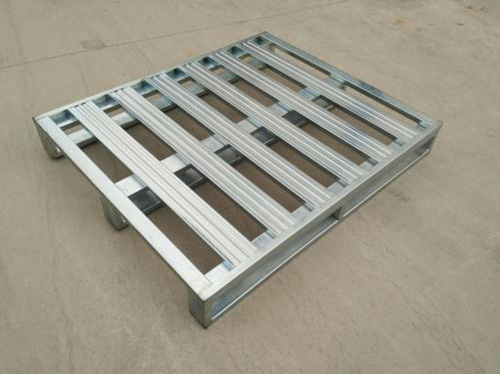
Anshan yongfeng hot galvanizing co. LTD
Marketing: 15040762557
Customer service hotline: 0412-848267
Company email: 1123927151@qq.com
Company website: ghjwxsp.cn
Company address: anqi road 34, dadao bend industrial park, anshan city
Hot galvanizing, also known as hot galvanizing, is a method by which steel components are immersed in molten zinc to obtain a metal coating. With the rapid development of high-voltage transmission, transportation and communication, the requirement of steel protection is higher and higher.
Usually, a galvanizing layer is 5 ~ 15 mm thick, while a hot-galvanizing layer is generally over 35 mm or even up to 200 mm. Hot galvanizing has good covering ability, compact coating and no organic inclusion. It is well known that the mechanism of anti-atmospheric corrosion of zinc is mechanical protection and electrochemical protection. Under atmospheric corrosion conditions, ZnO, Zn(OH)2 and basic zinc carbonate protective film are on the surface of zinc, which can slow down the corrosion of zinc to a certain extent. When this protective film (also known as white rust) is damaged, a new film will be formed. When the zinc layer is seriously damaged and the iron matrix is endangered, the zinc has an electrochemical protection on the matrix. The standard potential of zinc is -0.76V, and the standard potential of iron is -0.44V. When the zinc and iron form a micro battery, the zinc is dissolved as an anode and the iron is protected as a cathode. Obviously, the atmospheric corrosion resistance of hot galvanizing to the base metal iron is better than that of electric galvanizing.
Galvanized layer formation process is the most out of pure iron substrate and formed between the zinc layer of iron, zinc alloy, the process of workpiece surface formed in hot dip plating of iron - zinc alloy layer, and makes good combination between iron and pure zinc layer, the process can be simply described as follows: when the blacksmith a immersed in molten zinc liquid, zinc first formed in the interface and alpha (heart) solid solution. This is a crystal formed when the base metal iron dissolves zinc atoms in a solid state. The two metal atoms are fused, and the attraction between the atoms is relatively small. So when zinc in solid solution after reaching saturation, two kinds of zinc iron atom diffusion, spread to (or called infiltration) iron matrix of zinc atom in the lattice matrix migration, gradually formed and iron alloy, and spread to molten zinc liquid iron and zinc in the formation of intermetallic compounds FeZn13, sank into the hot dip galvanized pot is zinc slag. When the workpiece is removed from the zinc-dipping liquid, a pure zinc layer is formed on the surface, which is hexagonal crystal. Its iron content is no more than 0.003%.
